Home>Renovation & DIY>Tools & Equipment>How To Organize Tools In Workshop
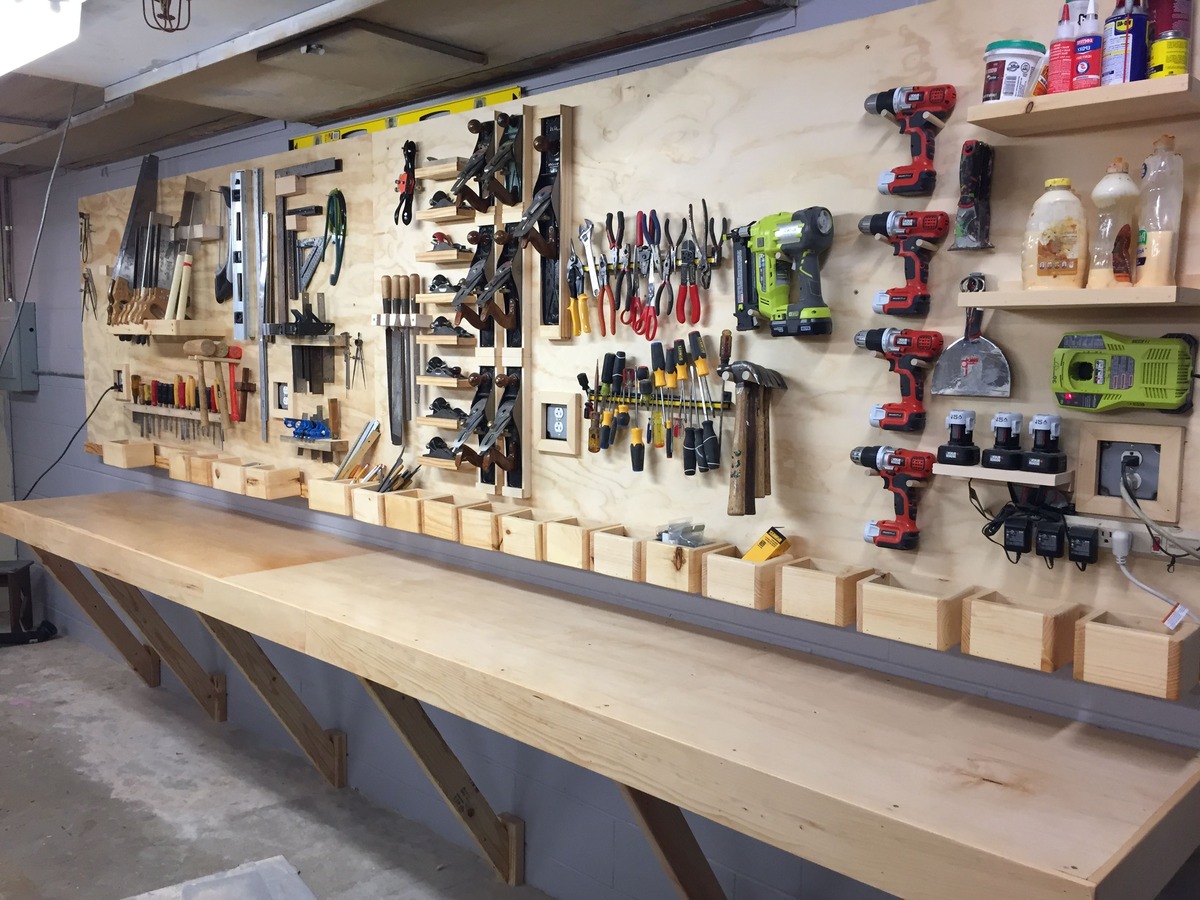

Tools & Equipment
How To Organize Tools In Workshop
Published: March 3, 2024
Learn how to efficiently organize your tools and equipment in your workshop with our expert tips and ideas. Keep your workspace tidy and maximize productivity.
(Many of the links in this article redirect to a specific reviewed product. Your purchase of these products through affiliate links helps to generate commission for Storables.com, at no extra cost. Learn more)
Sorting and Categorizing Tools
When it comes to organizing your workshop, the first step is to sort and categorize your tools. This process involves gathering all your tools in one place and then sorting them into different categories based on their type and usage. This will help you to have a clear idea of what you have and what you need to organize. Here are some tips for sorting and categorizing your tools effectively:
-
Group Similar Tools Together: Start by grouping similar tools together. For example, gather all your wrenches in one place, all your screwdrivers in another, and so on. This will make it easier to see what you have and avoid duplication.
-
Identify Tools by Purpose: Consider categorizing your tools based on their purpose. For instance, you can have a separate category for woodworking tools, plumbing tools, electrical tools, and so on. This will help you to locate specific tools more easily when you need them.
-
Declutter and Dispose: As you sort through your tools, take the opportunity to declutter. Get rid of any broken or redundant tools that are taking up space. This will not only free up space but also make it easier to organize the tools you actually use.
-
Label and Store: Once you have sorted and categorized your tools, it's time to label and store them accordingly. Use clear labels or markers to identify the different categories and then find suitable storage solutions for each group of tools.
By sorting and categorizing your tools, you can lay the foundation for a well-organized workshop. This process will not only make it easier to find and access your tools but also help you to maintain a clutter-free and efficient workspace.
Key Takeaways:
- Sort and categorize your tools by grouping similar ones together and identifying them by purpose. Declutter and dispose of unnecessary tools to create a well-organized workshop foundation.
- Create a storage system using tool chests, pegboards, shelving units, and mobile tool carts. Utilize wall space with pegboards, shelving, overhead storage, magnetic strips, and DIY custom storage for an efficient and organized workshop.
Read more: How To Store Wood In Workshop
Creating a Storage System
Creating an efficient storage system is crucial for maintaining an organized workshop. Once you have sorted and categorized your tools, the next step is to find suitable storage solutions for each group of tools. Here are some effective ways to create a storage system for your workshop tools:
-
Tool Chests and Cabinets: Invest in a quality tool chest or cabinet to store your hand tools. These come with multiple drawers and compartments, allowing you to organize your tools based on size and type. Look for options with sturdy construction and ample storage space to accommodate all your tools.
-
Pegboards and Hooks: Utilize wall space by installing pegboards and hooks to hang your frequently used tools. This not only keeps them easily accessible but also serves as a visual reminder to put them back in their designated spots after use. Arrange the tools in a logical order, such as grouping all screwdrivers together and all wrenches in another section.
-
Shelving Units: Consider installing shelving units to store larger power tools and equipment. Adjustable shelves provide flexibility to accommodate tools of various sizes. Label each shelf or section to indicate the type of tools it holds, making it easier to locate specific items when needed.
-
Tool Racks and Organizers: Use specialized tool racks and organizers to keep items such as drills, saws, and other power tools neatly arranged. These racks often come with customizable features, allowing you to adjust the layout based on your specific tool collection.
-
Mobile Tool Carts: For increased mobility and convenience, invest in a mobile tool cart. These carts can be moved around the workshop as needed and provide a dedicated space for frequently used tools. Look for options with lockable wheels and ample storage compartments.
By creating a well-planned storage system, you can ensure that each tool has a designated place, reducing the chances of misplacement and clutter. Additionally, a well-organized storage system contributes to a safer work environment, as tools are stored securely and can be easily located when required.
Use a pegboard to hang frequently used tools for easy access. Group similar tools together and label shelves or drawers to keep everything organized.
Utilizing Wall Space
Utilizing the wall space in your workshop is a smart and efficient way to maximize storage and keep your tools organized. Here are some effective strategies for making the most of your workshop's vertical space:
-
Pegboards and Hooks: Install a pegboard on a prominent wall in your workshop and use it to hang frequently used hand tools. Pegboards allow for easy customization, as you can arrange hooks and holders to accommodate tools of various sizes and shapes. This not only keeps your tools within arm's reach but also serves as a visual inventory of your most essential items.
-
Shelving and Cabinets: Consider installing open shelving or wall-mounted cabinets to store items that are not suited for hanging. This could include containers of nails, screws, and other small parts, as well as toolboxes or cases. Utilizing wall-mounted storage helps to free up valuable floor space and keeps your work surfaces clear.
-
Overhead Storage: If your workshop has high ceilings, take advantage of the overhead space by installing overhead racks or shelves. These are ideal for storing infrequently used items or seasonal tools, such as holiday decorations or specialized equipment. Be sure to use sturdy hardware and follow proper installation guidelines to ensure safety.
-
Magnetic Strips and Bars: Magnetic strips and bars are a versatile solution for organizing metal tools and small metal parts. Mount magnetic strips on the wall to hold metal wrenches, pliers, and other hand tools, or use magnetic bars to secure metal fasteners and small hardware items. This not only keeps these items organized but also prevents them from getting lost in cluttered drawers.
-
DIY Custom Storage: Get creative and build your own custom storage solutions for specific tools or equipment. This could involve constructing a custom rack for clamps, creating a holder for long-handled tools, or designing a specialized storage unit for woodworking accessories. Custom storage allows you to tailor the organization to your specific needs and available space.
By utilizing the wall space in your workshop, you can free up floor space, reduce clutter, and create a more efficient and organized workspace. Whether it's through hanging tools on pegboards, installing shelving, or utilizing overhead storage, making the most of your workshop's vertical space is a practical and effective way to keep your tools easily accessible and your workspace tidy.
Implementing Tool Organization Solutions
Implementing effective tool organization solutions is essential for maintaining a well-structured workshop. By utilizing a combination of storage systems and organizational tools, you can ensure that every tool has a designated place and is easily accessible when needed. Here are some practical and innovative solutions for implementing tool organization in your workshop:
-
Drawer Dividers and Inserts: Utilize drawer dividers and inserts to keep smaller hand tools and accessories neatly organized. These dividers help to create individual compartments within drawers, preventing tools from getting mixed up and making it easier to locate specific items. Consider using foam inserts that are custom-cut to fit your tools, providing a secure and organized storage solution.
-
Toolbox Shadow Boards: Create shadow boards inside your toolboxes by tracing the outlines of your tools onto foam or durable material. This visual organization method allows you to quickly identify missing tools and ensures that each tool is returned to its proper place after use. Shadow boards are particularly useful for portable toolboxes and ensure that no tool is left behind.
-
Color-Coded Storage: Implement a color-coded storage system to categorize and identify different types of tools. Use colored tape, paint, or labels to mark storage bins, drawers, or shelves according to tool categories. For example, all electrical tools could be associated with red, while plumbing tools are designated with blue. This visual cue makes it easy to locate specific tools and promotes a consistent organizational system.
-
Custom Tool Holders and Racks: Design and build custom tool holders and racks to accommodate specialized tools or equipment. This could involve creating a custom rack for clamps, constructing a holder for long-handled tools, or designing a specialized storage unit for woodworking accessories. Custom holders and racks allow you to tailor the organization to your specific needs and available space.
-
Tool Identification and Labeling: Labeling tools and storage containers with clear and visible markings is crucial for efficient organization. Use durable labels or markers to identify the contents of drawers, bins, and cabinets. Additionally, consider labeling individual tools with their names or designated storage locations to ensure that they are returned to the correct spot after use.
By implementing these innovative tool organization solutions, you can create a well-structured and efficient workshop environment. These strategies not only enhance the accessibility and visibility of your tools but also contribute to a safer and more productive workspace. With a well-organized tool storage system in place, you can streamline your workflow and focus on your projects with ease.
Frequently Asked Questions about How To Organize Tools In Workshop
Was this page helpful?
At Storables.com, we guarantee accurate and reliable information. Our content, validated by Expert Board Contributors, is crafted following stringent Editorial Policies. We're committed to providing you with well-researched, expert-backed insights for all your informational needs.
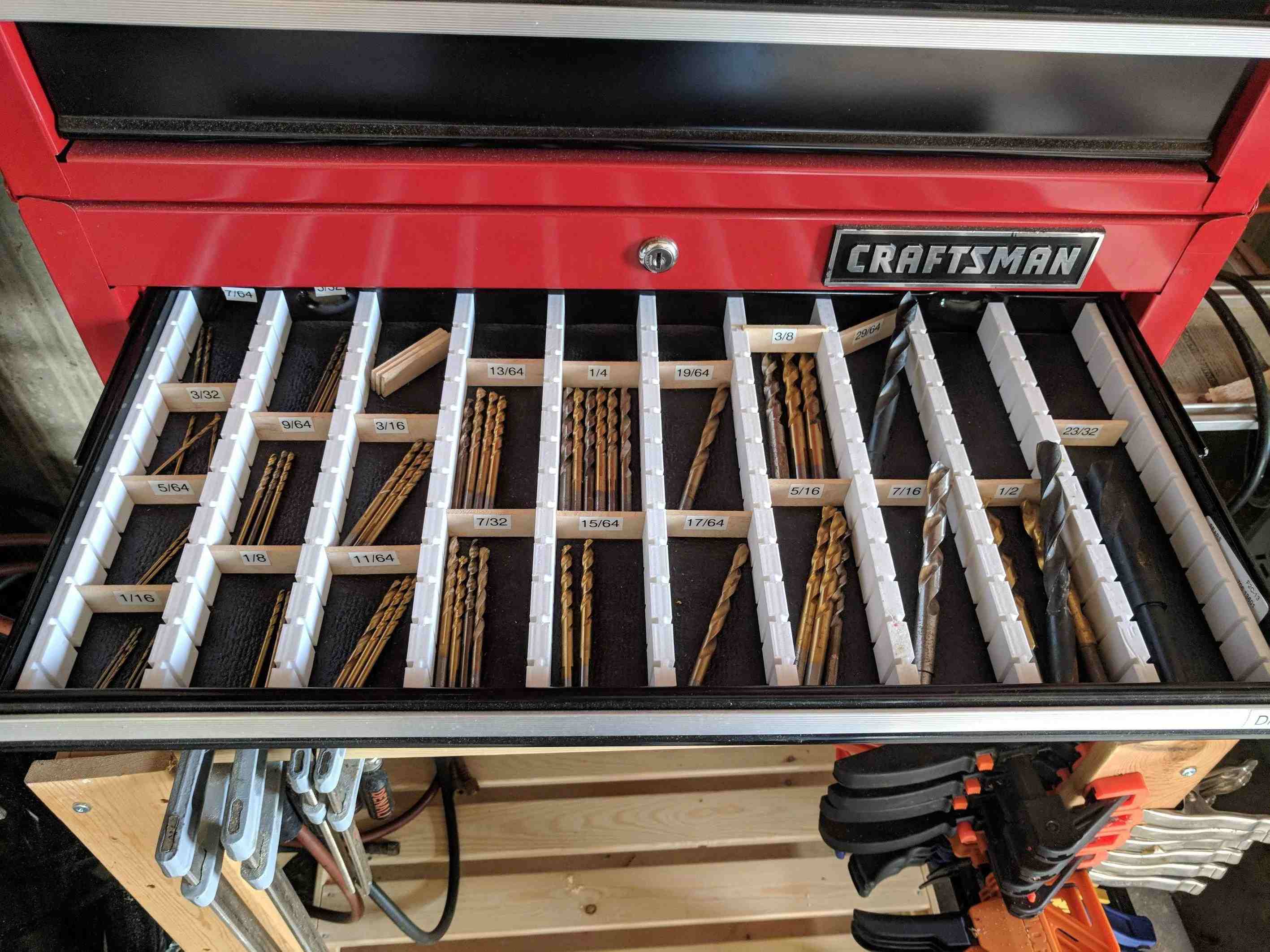
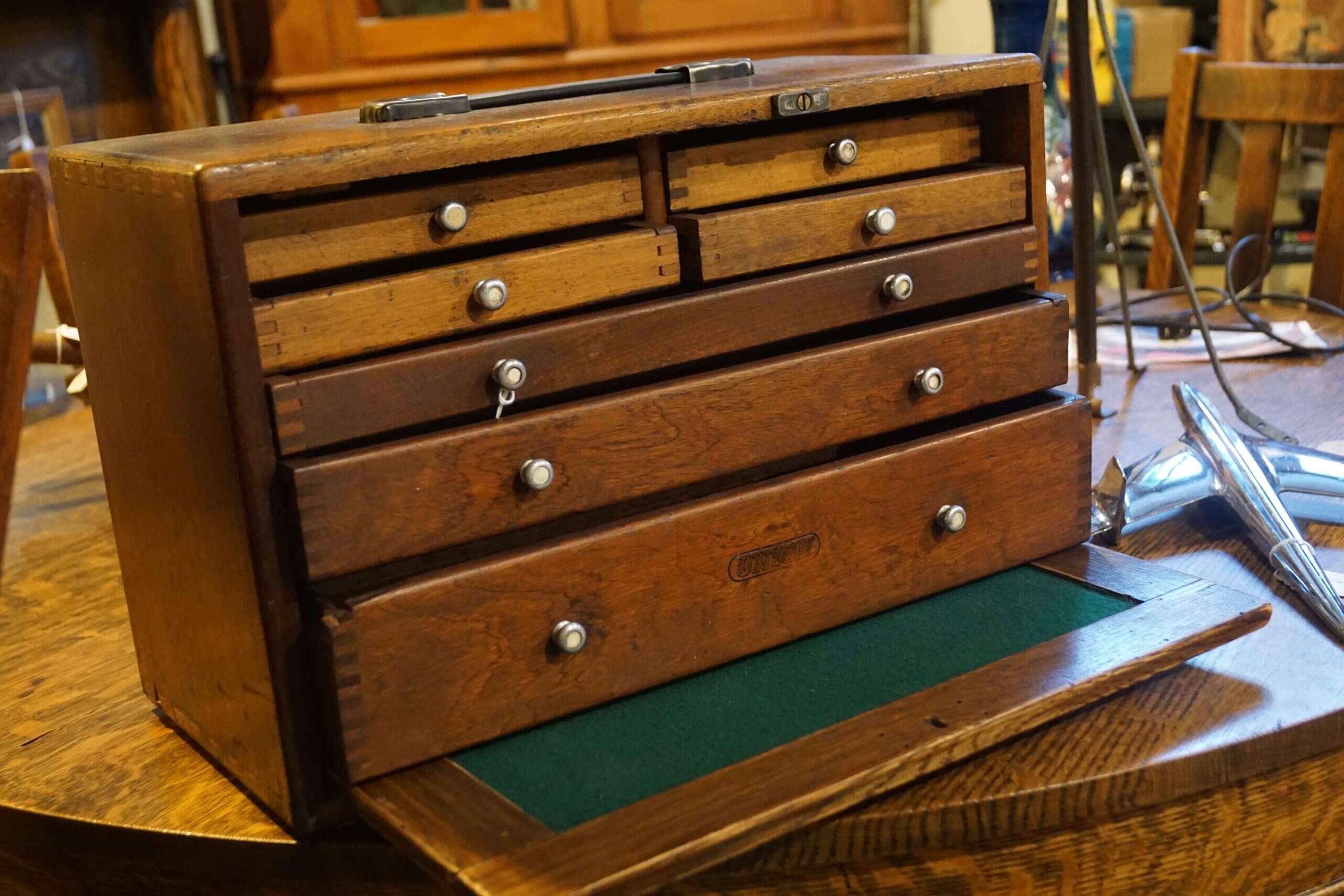
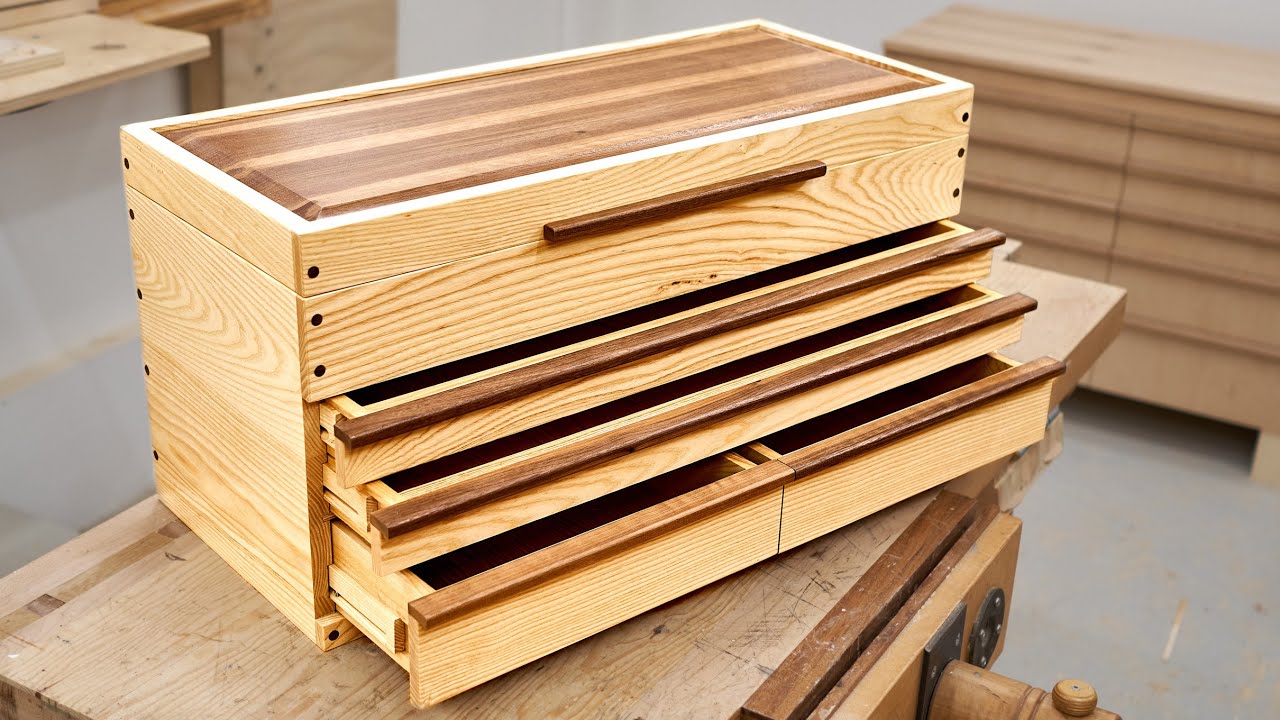
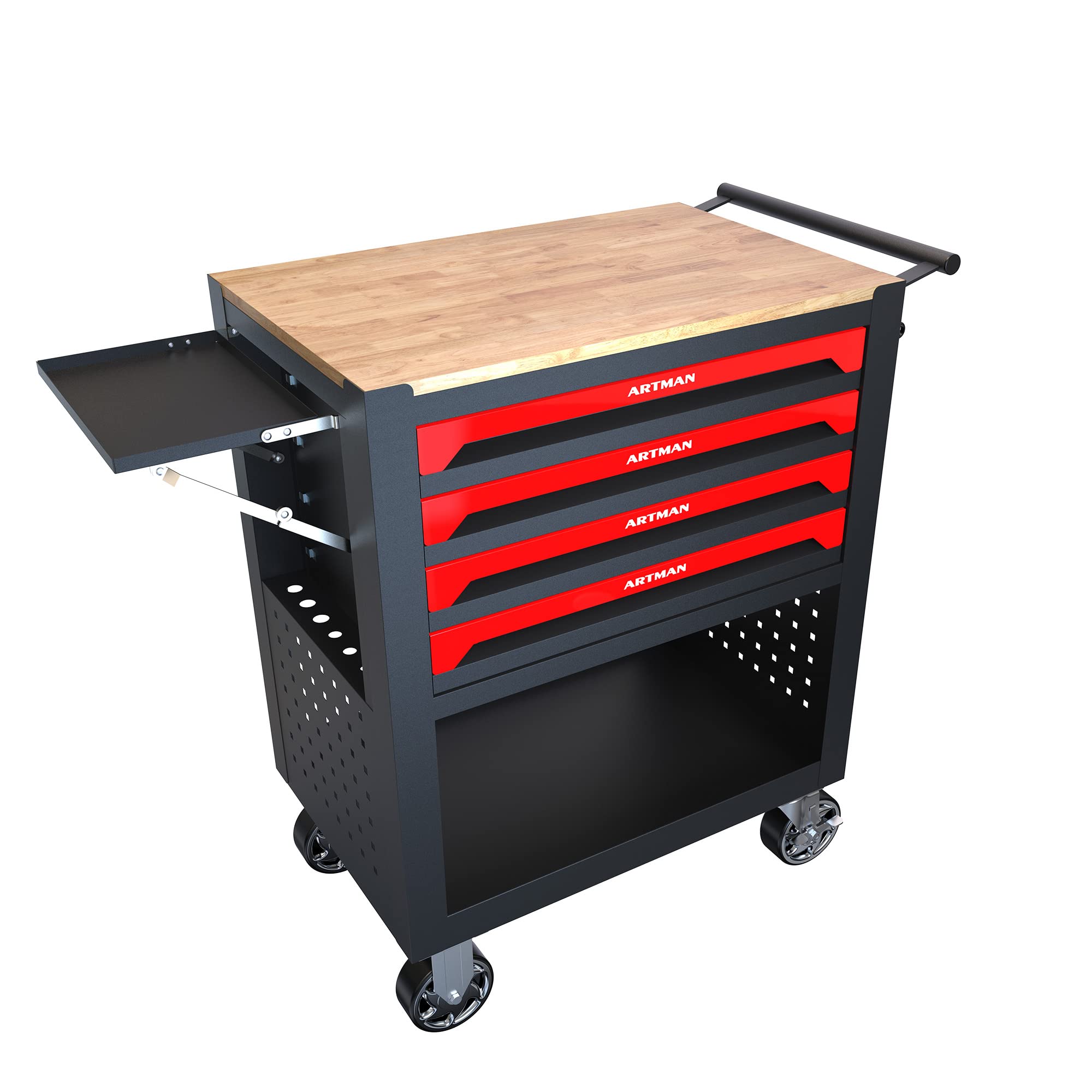
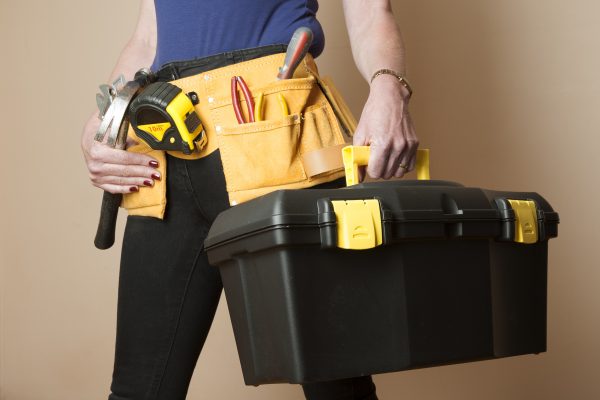
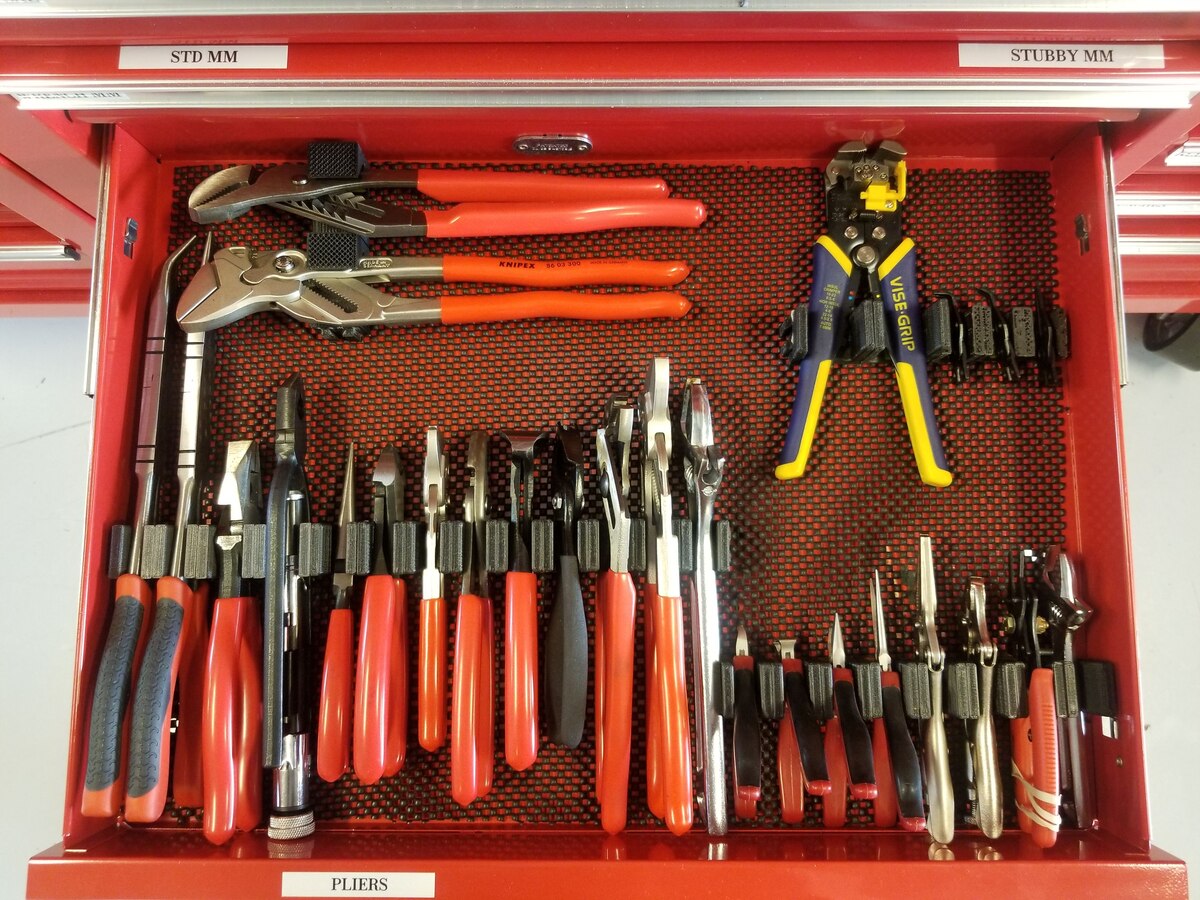
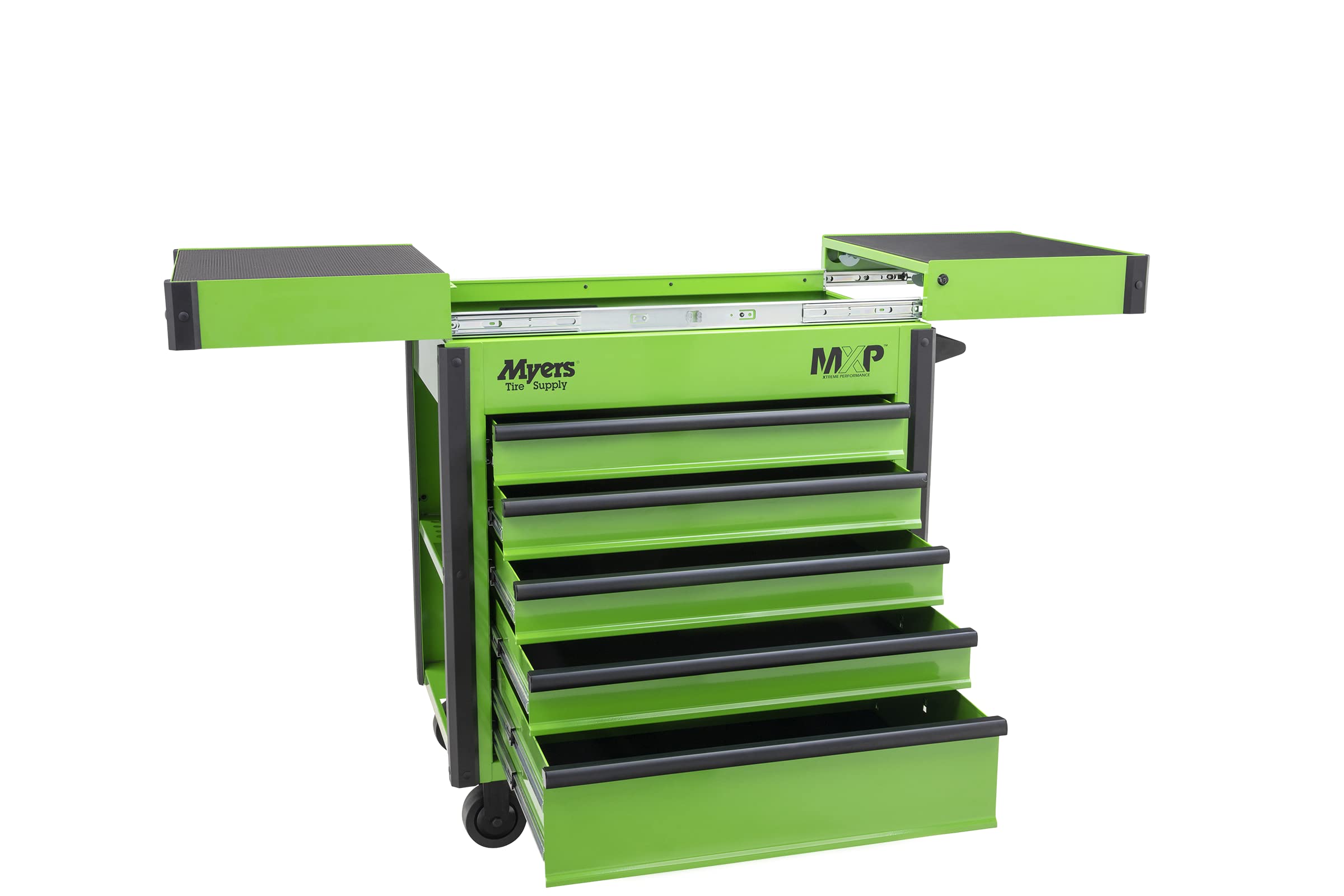
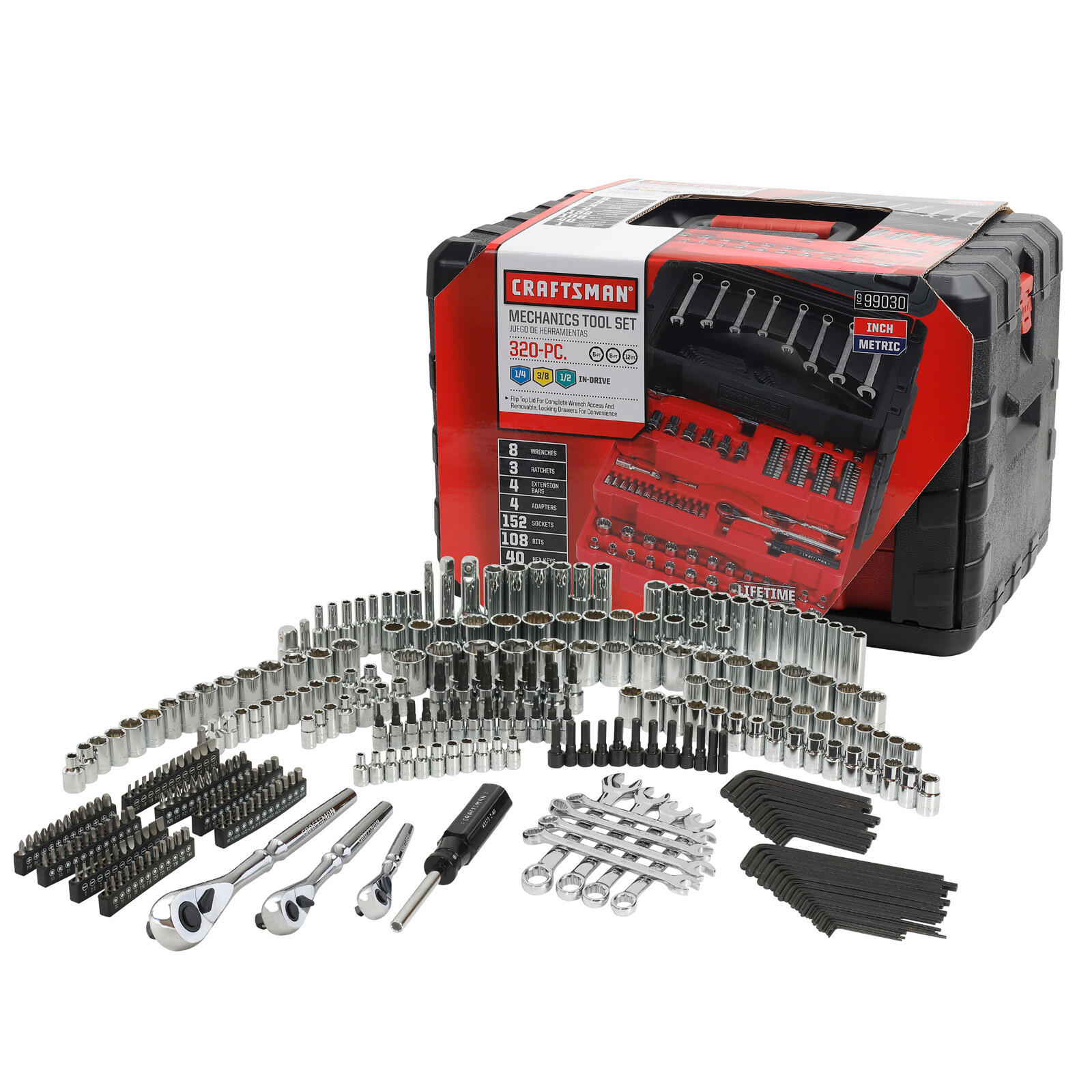
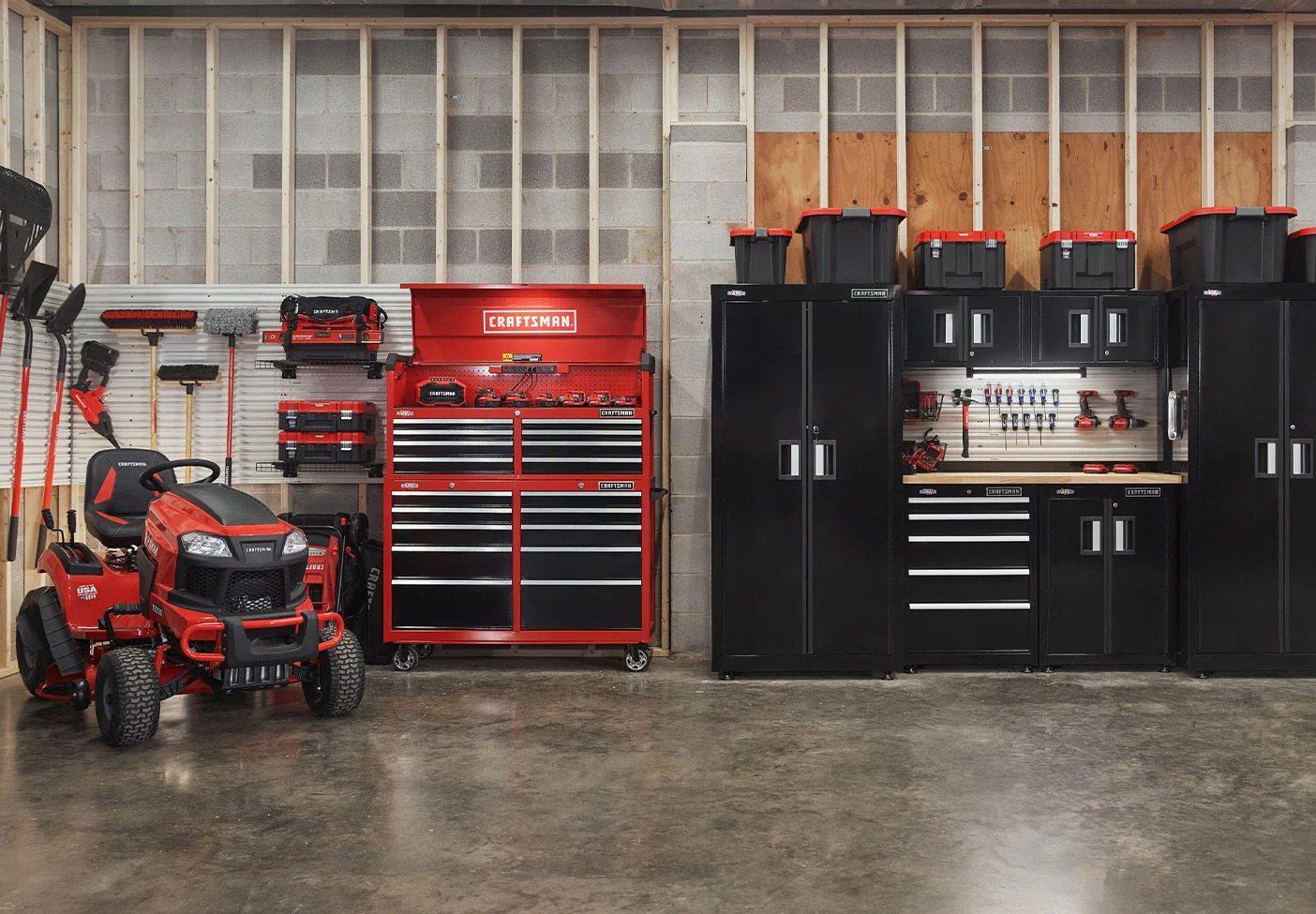
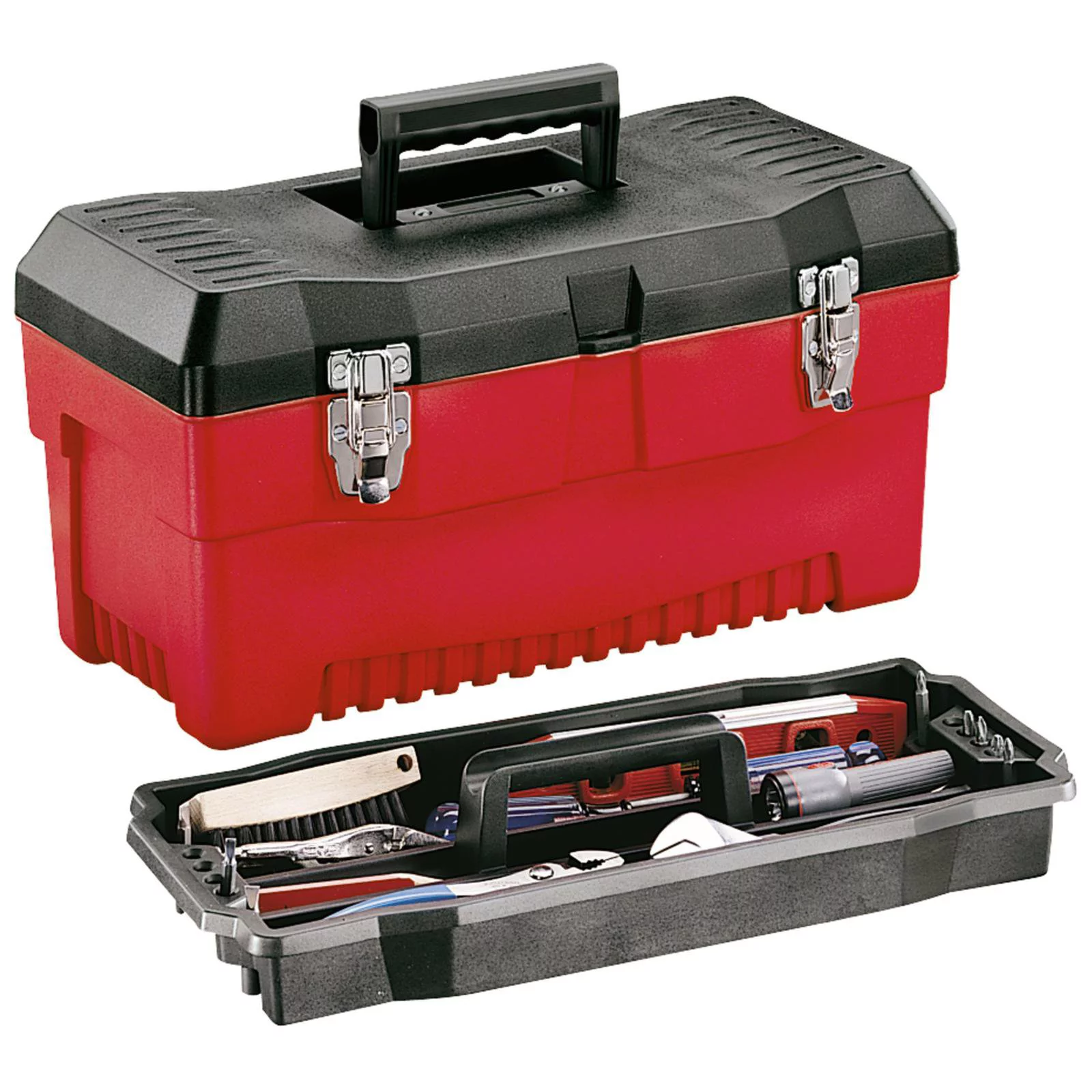
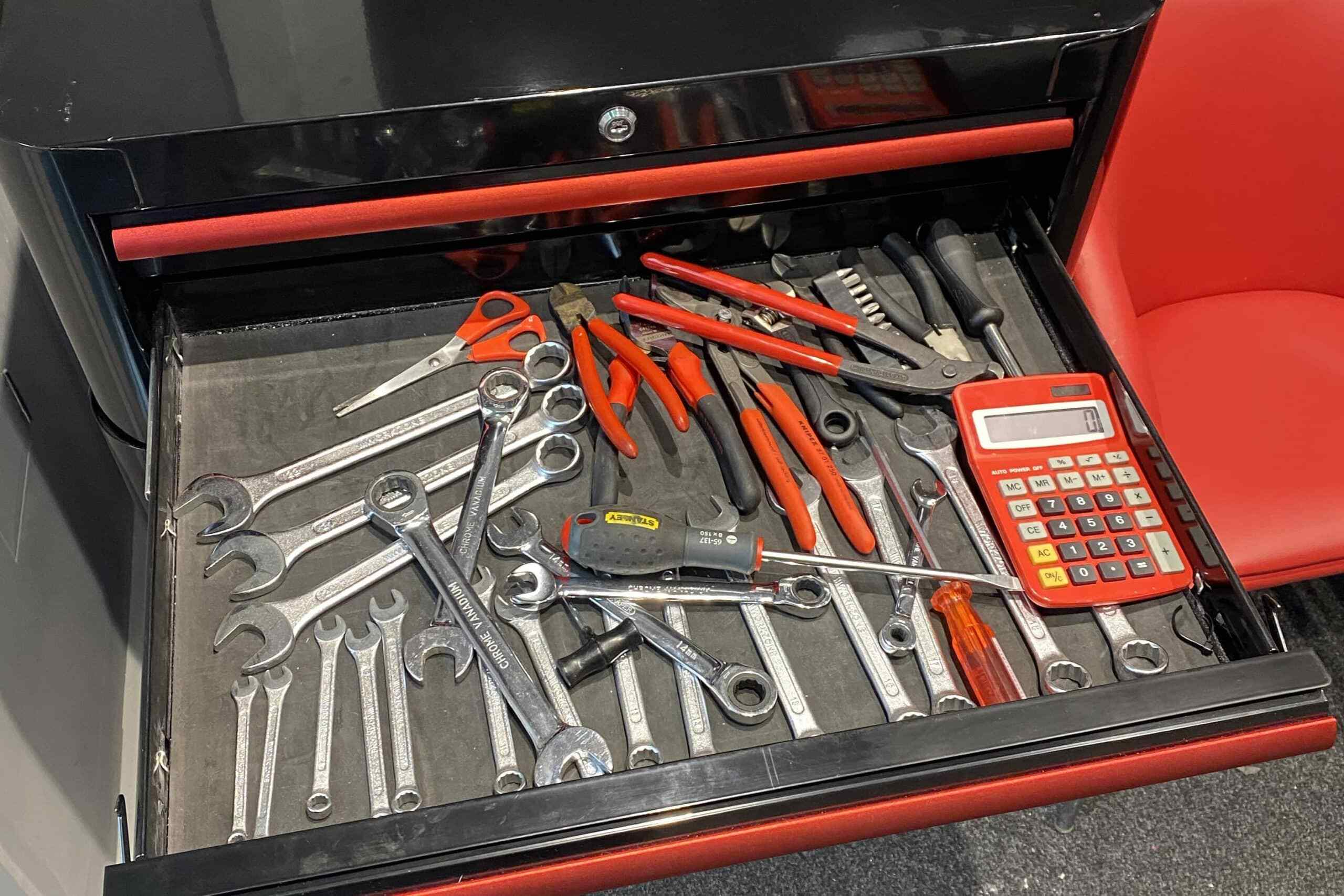
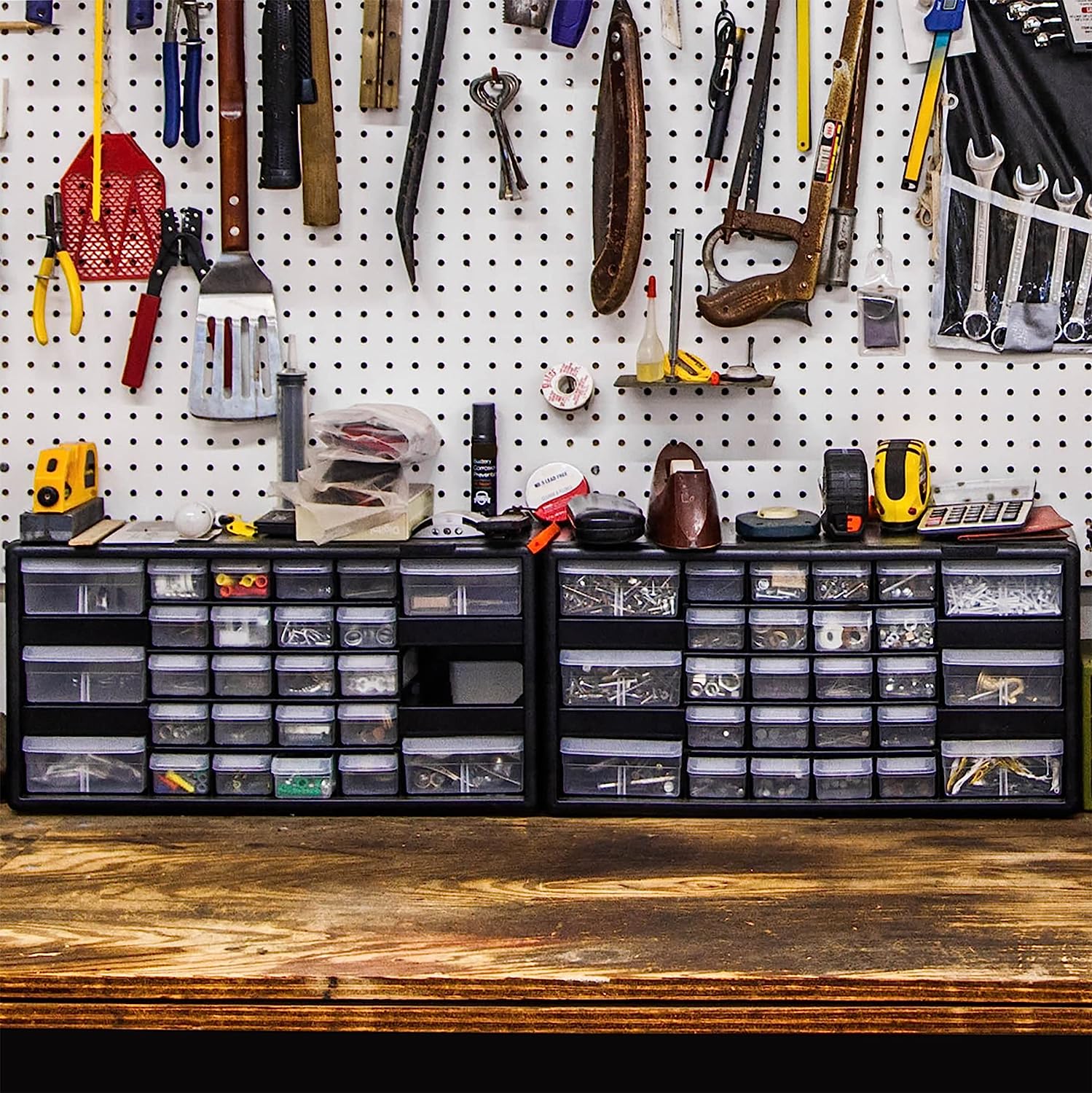
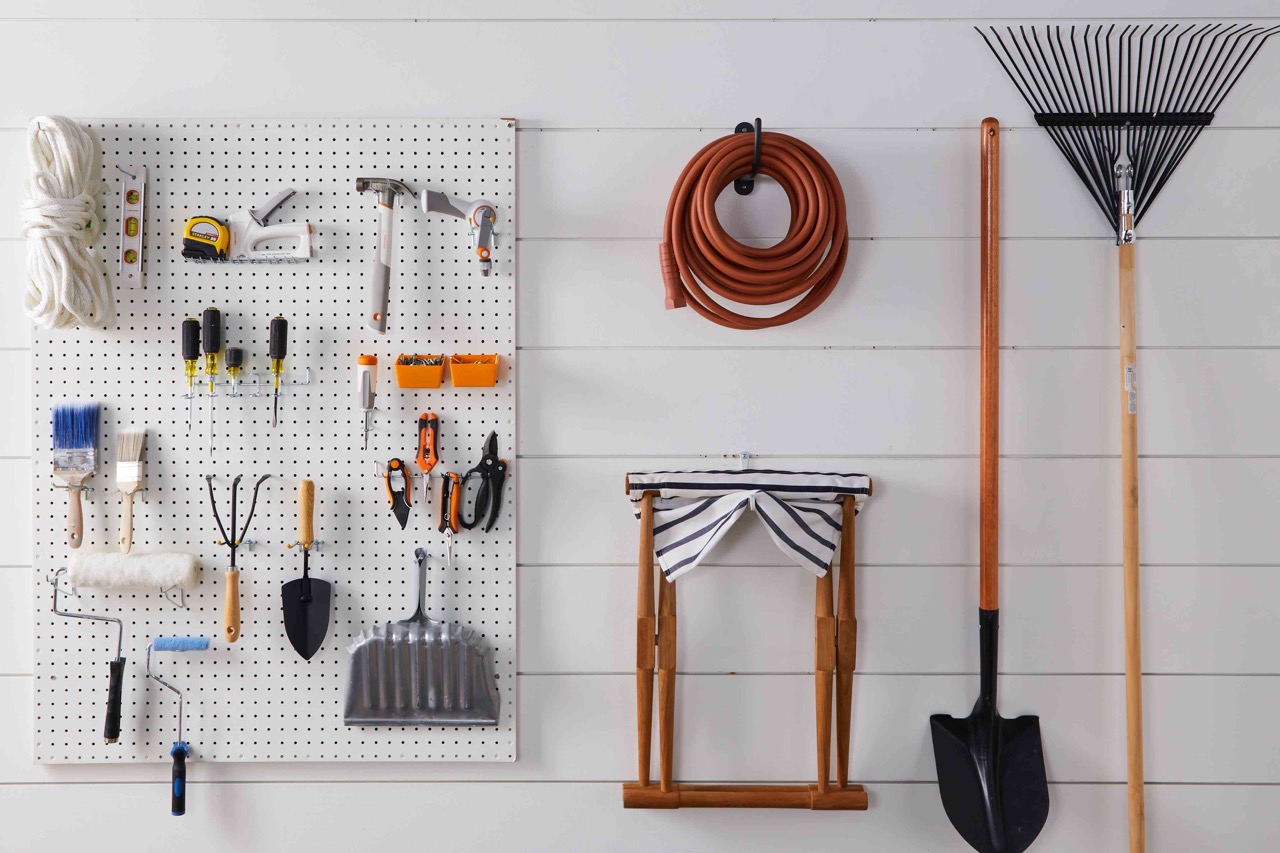
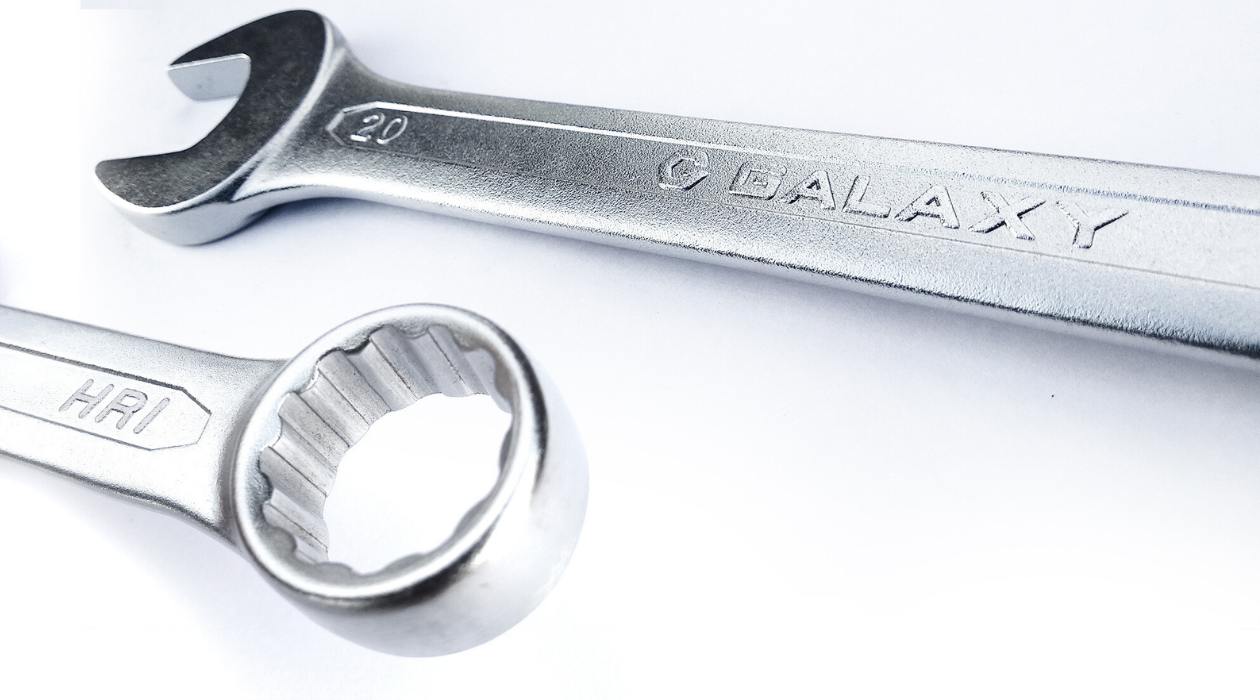
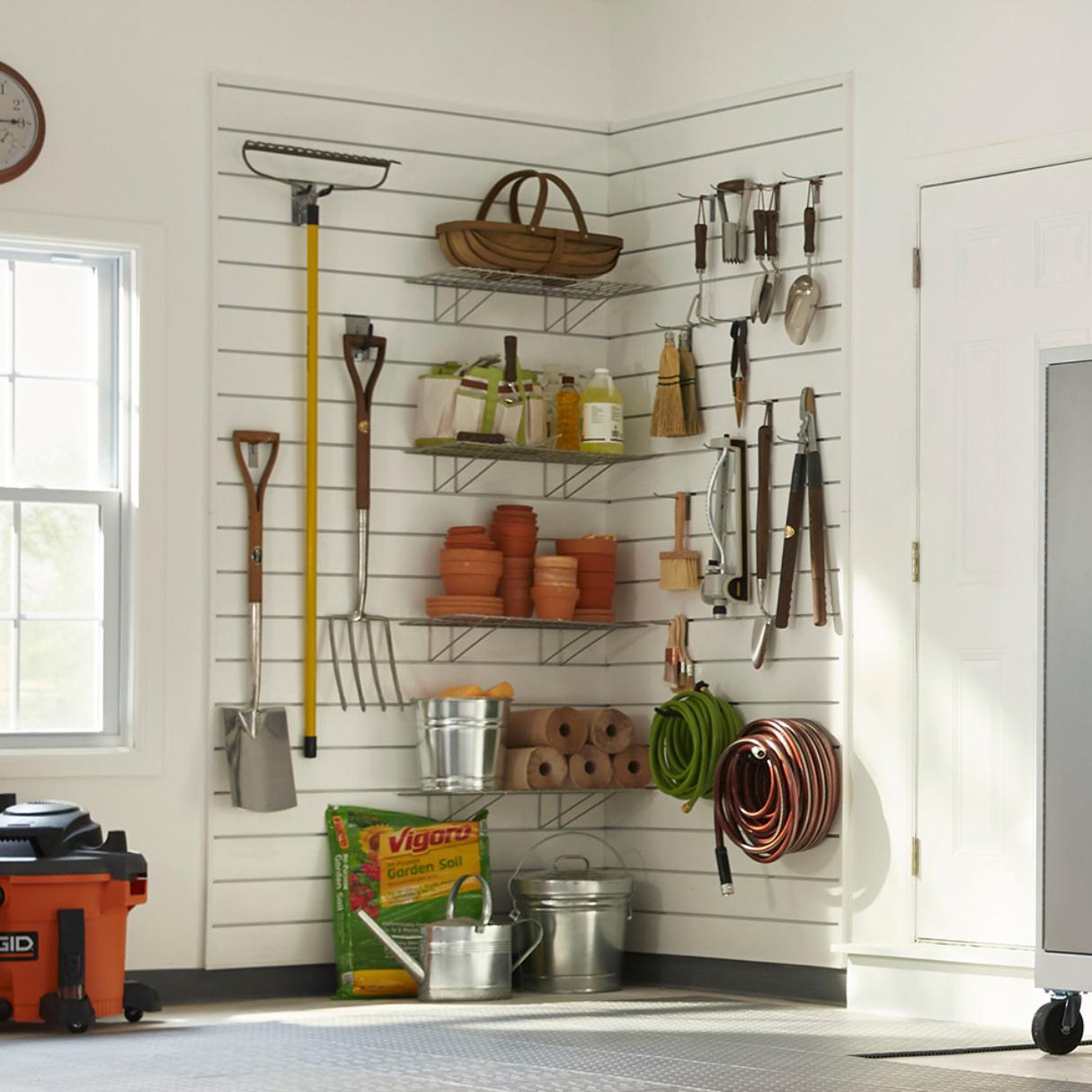

0 thoughts on “How To Organize Tools In Workshop”